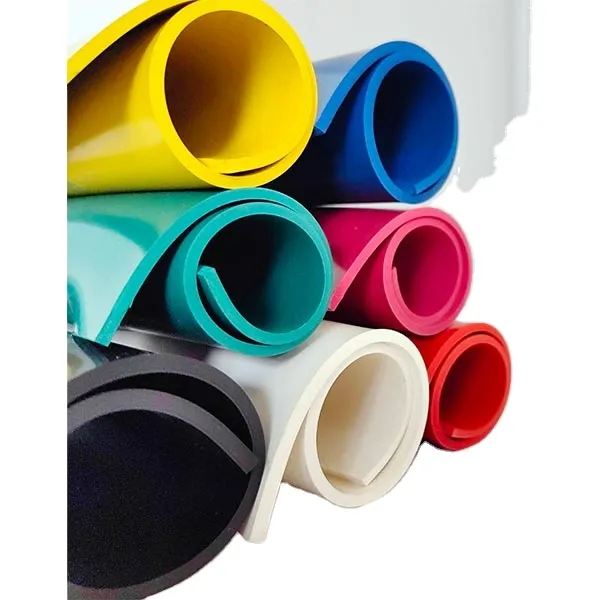Replacing Rubber Seal for Exterior Door Thresholds A Step-by-Step Guide
Replacing Your Exterior Door Threshold Rubber Seal A Comprehensive Guide
If you’ve noticed drafts, water leaks, or a decline in your home’s energy efficiency, it might be time to replace the rubber seal on your exterior door threshold. Over time, these seals can wear out due to exposure to the elements, foot traffic, and general wear and tear. Replacing the threshold rubber seal is a manageable DIY project that can enhance your home's insulation and prevent unwanted pests from entering your living space. In this article, we’ll provide a step-by-step guide on how to effectively replace your exterior door threshold rubber seal.
Why Replace the Rubber Seal?
The rubber seal at the threshold of an exterior door serves several essential functions
1. Energy Efficiency A worn or damaged seal can lead to air leaks, making your heating and cooling systems work harder. Replacing the seal can help maintain a comfortable interior temperature.
2. Water Protection A proper seal prevents water from seeping under the door, protecting your home from potential water damage.
3. Pest Barrier An efficient seal can help keep insects and other pests outside where they belong.
Tools and Materials Needed
Before you begin the replacement process, gather the following tools and materials
- New rubber seal (ensure it matches your existing threshold dimensions) - Measuring tape - Utility knife - Screwdriver - Adhesive (if required) - Cleaning supplies (soap and water, or a suitable cleaner) - Safety gloves
Step-by-Step Guide to Replacing the Rubber Seal
Step 1 Measure the Existing Seal
Start by measuring the length of the current rubber seal. It’s essential to purchase a new seal that matches these dimensions for a proper fit. If you’re not sure where to find a replacement, local hardware stores or online retailers should carry standard sizes.
exterior door threshold rubber seal replacement

Step 2 Remove the Old Seal
Using a utility knife, carefully cut the old rubber seal away from the threshold. Be cautious not to damage any surrounding materials. If the seal is held in place by screws, use a screwdriver to remove them. Once loosened, you should be able to peel the old seal away.
Step 3 Clean the Surface
With the old seal removed, clean the threshold area thoroughly. Remove any old adhesive with a scraper or a suitable cleaner. Ensure the surface is dry and free of debris before applying the new seal. This preparation step is crucial for ensuring a strong bond.
Step 4 Install the New Rubber Seal
Take your new rubber seal and lay it in place to ensure it fits correctly. If necessary, trim it to size using your utility knife. Depending on the design of the seal, you may need to apply adhesive to the base or simply press it into place.
If your new seal has a self-adhesive backing, press it firmly into position, ensuring there are no gaps. If it requires screws, align it properly before securing it down.
Step 5 Test the Seal
Once the new seal is installed, close the door and check for any gaps or drafts. A properly fitted seal should create a tight closure without any noticeable air leaks. If you find any issues, readjust the seal as needed.
Step 6 Regular Maintenance
After replacing your exterior door threshold rubber seal, it’s important to perform regular maintenance checks. Inspect the seal periodically for any signs of wear or damage, especially after extreme weather conditions. Keeping your door threshold in good repair will help maintain your home's energy efficiency and protect it from the elements.
Conclusion
Replacing the rubber seal on your exterior door threshold is an essential maintenance task that any homeowner can tackle. With the right tools and a little effort, you can improve your home’s energy efficiency, protect against water and pests, and ensure a comfortable living environment. Don’t overlook this crucial component of your home; invest the time to replace it, and enjoy the benefits it brings.
-
Under Door Draught Stopper: Essential ProtectionNewsJul.31,2025
-
Garage Door Seal and Weatherstrips for ProtectionNewsJul.31,2025
-
Edge Banding Tape for Perfect EdgesNewsJul.31,2025
-
Table Corner Guards and Wall Corner ProtectorsNewsJul.31,2025
-
Stair Nose Edging Trim and Tile Stair SolutionsNewsJul.31,2025
-
Truck Bed Rubber Mats for Pickup BedsNewsJul.31,2025
-
Window Weather Stripping for Noise ReductionNewsJul.29,2025